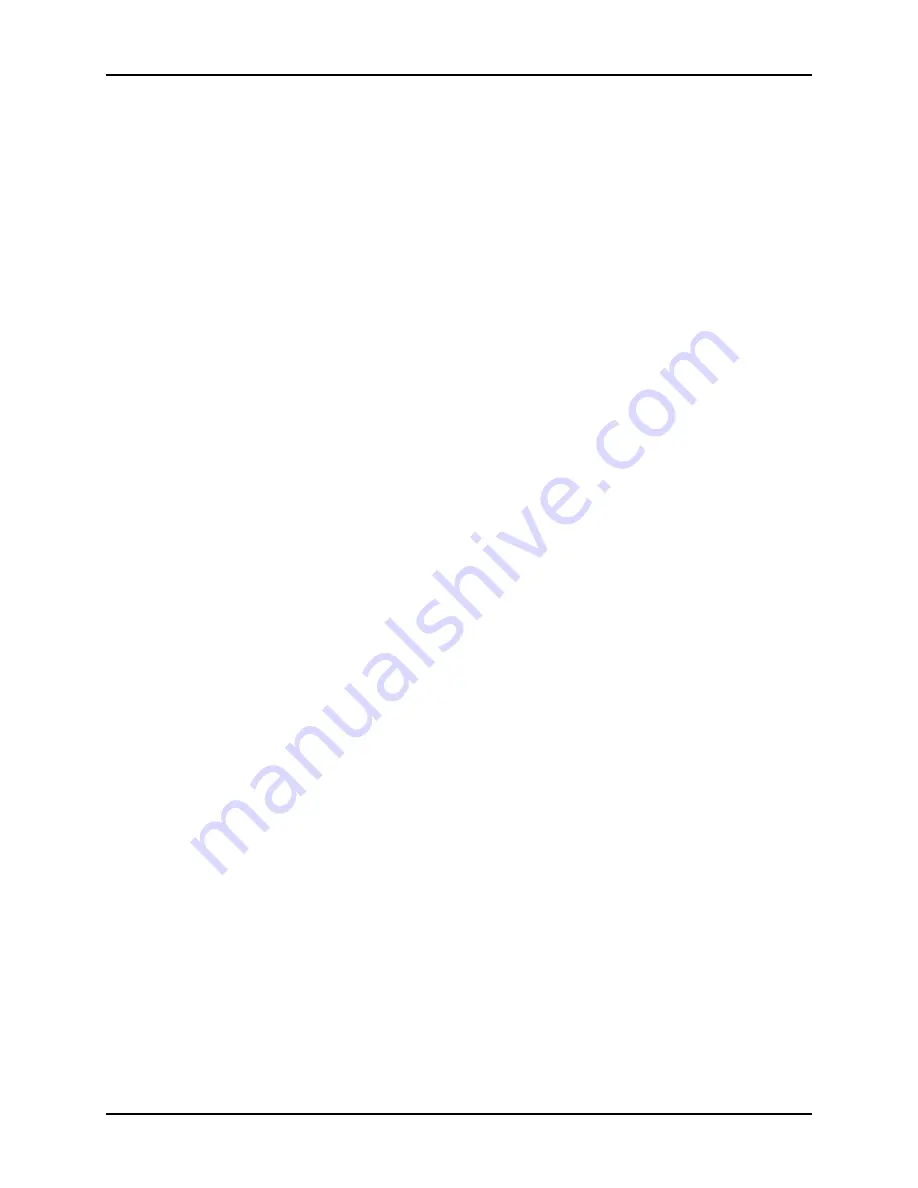
ENSONIQ Corporation
SPM-1 Musician’s Manual
Page 12
MIDI
MIDI is an acronym for Musical Instrument Digital Interface, a system of communication between electronic
musical instruments. Nearly all manufacturers of electronic instruments now design their instruments to use MIDI,
so even different brand instruments are able to carry on intelligent communication. The SPM-1’s MIDI functions
are designed primarily for performance and sequencing.
Of course, some keyboard instrument or sequencer must be connected to the SPM-1’s MIDI IN jack for it to sound
at all. In addition to key events (the notes you play), it will also receive and respond to information about velocity
sensitivity, sustain and sostenuto pedals and program changes. Using the SPM-1 with a controller keyboard and a
MIDI sequencer will also allow you to record all the note and program information, so that the sequence will play
back with all the dynamics and sound changes that you’ve used during recording. In addition, the bass sound can
be assigned its own MIDI channel so that it can be controlled by a sequencer or master MIDI controller, completely
independent of the upper keyboard.
Note: The SPM-1 does not respond to pitch bend or modulation wheel information.
MIDI MODE 3
Of the four MIDI Modes of operation, Mode 3 (Omni Off/Poly Mode) is the most versatile for performance and
recording situations and is the only mode used by the SPM-1. The SPM-1 will only respond to messages on one
designated MIDI channel (though the bass can be assigned a separate channel, as described below). This mode
permits a controller, such as a sequencer, to send out different, but synchronized, polyphonic musical passages to
different MIDI instruments. The MIDI Channel system makes many different set-ups possible. In Mode 3 you can
select one of 16 MIDI channels to communicate on. Even though the SPM-1 may be connected to many MIDI
instruments, it will only respond to messages from instruments on the selected MIDI channel. Changing the MIDI
channel is quick and easy, so the configuration of your total set-up can be changed by pressing a few buttons.
CHANGING THE MIDI CHANNEL
When the SPM-1 is first switched on, it will automatically select MIDI channel 1. Changing the MIDI channel from
this default value is simple:
1.
Press the MIDI Channel button to activate the channel select function. When you press the MIDI Channel
button, you will notice that one of the Bank buttons and one of the Bass, Octave or Sound buttons will be lit.
This indicates the current MIDI channel.
2.
For MIDI channels 1 through 8, press the Bank A button. For MIDI channels 9 through 16, press the Bank B
button.
3.
Press the desired Bass, Octave, or Sound button to select the MIDI channel. Note that these buttons are each
labeled with two channel numbers. The upper numbers (1-8) correspond to the channels available when the
Bank A button is lit. The lower numbers (9-16) are the channels available when the Bank B button is lit. Pressing
any of the buttons while the MIDI Channel button is lit will only change the MIDI channel. The sound you have
selected will not be changed.
Summary of Contents for SPM-1
Page 4: ......























